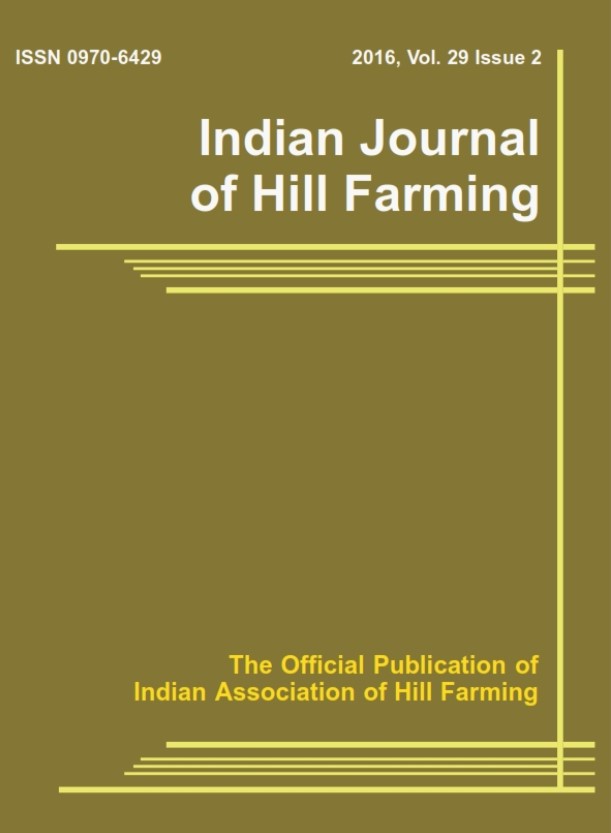Effect of different semi-synthetic diets on biology of Fall armyworm, Spodoptera frugiperda (Smith)
Keywords:
Spodoptera frugiperda, Artificial diet, FAW, Insect biology, Fitness indexAbstract
Spodoptera frugiperda, an exotic and highly polyphagous generalist herbivore has an exceptional migratory capacity. Pinto bean based diet is best composed diet, which remains as best diet of choice for various researcher. However, Pinto beans are expensive, making pinto bean diet rather a predicament in rearing fall armyworm larvae. Therefore, we evaluated four different diets i.e., a standard bean-based diet (D1), and diets substituting beans with soya meal (D2), potato (D3) and corn (D4), respectively against S. frugiperda larvae. The biological parameters viz., larval and pupal duration; larval and pupal weight; sex-ratio and fecundity, growth and fitness index were evaluated. Larval and pupal development was observed; for the diets D1 and D4, duration was minimum and weights were maximum; for the D2 and D3, duration was maximum with less weight. More number of females were observed from, D1 and D3. Larval and pupal fitness index was maximum for the diet D1, followed by D4 and was the least for D4. Hence, we report that the diet D1 is the top pick while D2 can also be a good substitute for D1 for laboratory rearing. Nevertheless, D3 can also be used in appropriate quantities to augment female moth population for sustaining the cultures.




